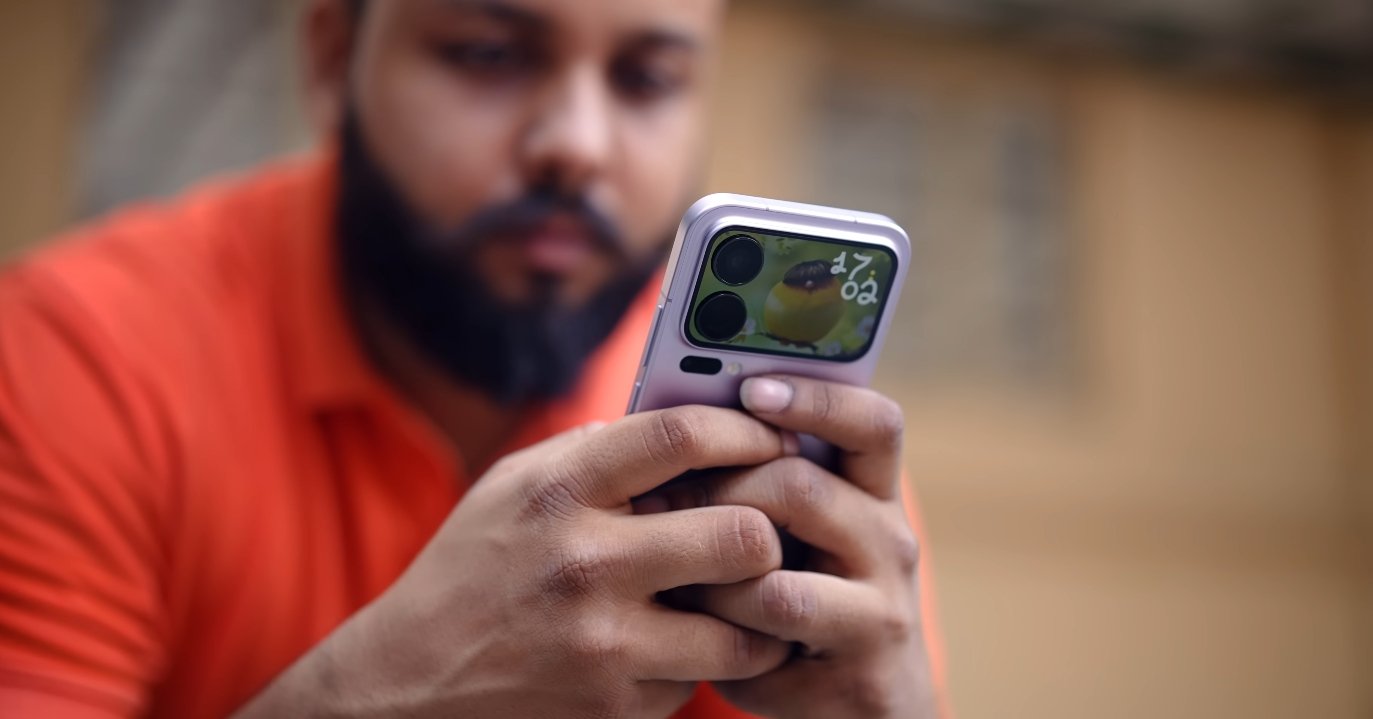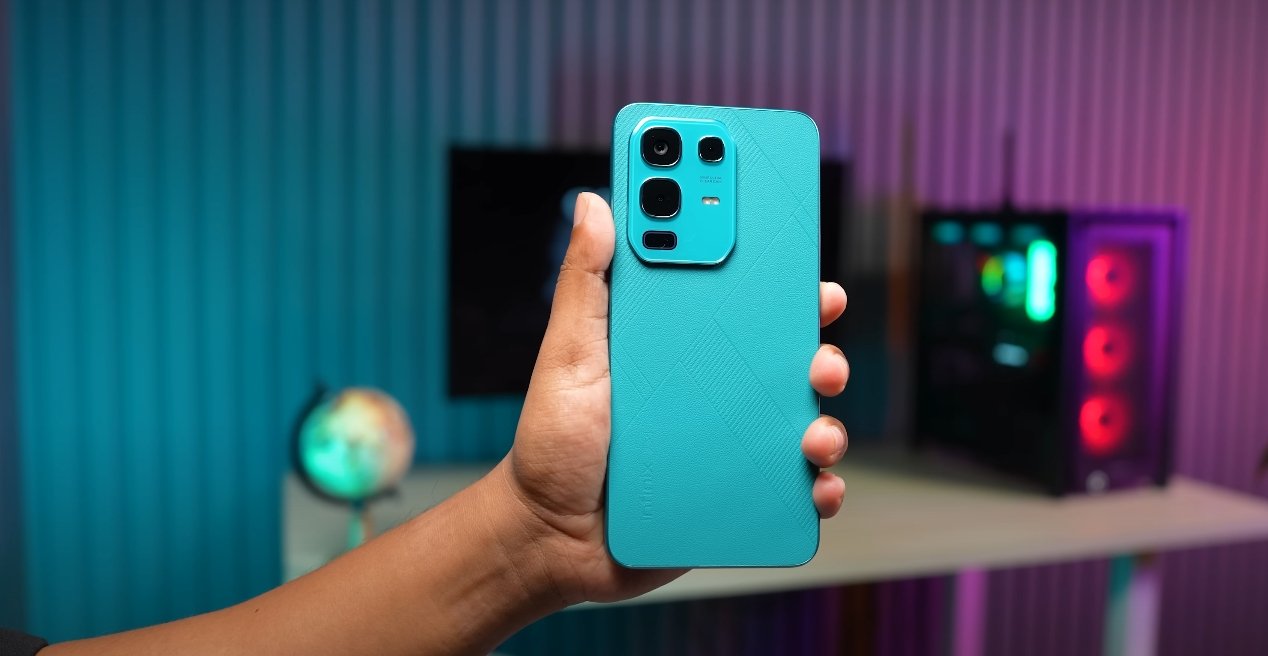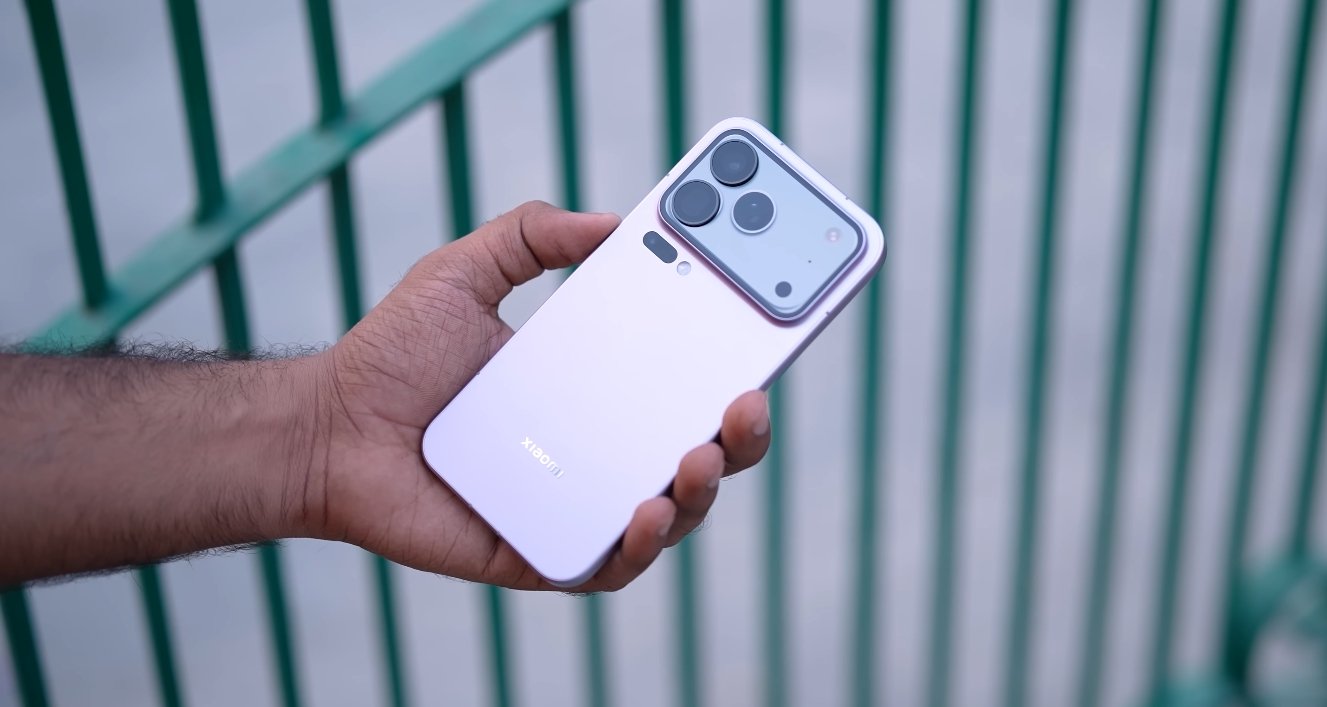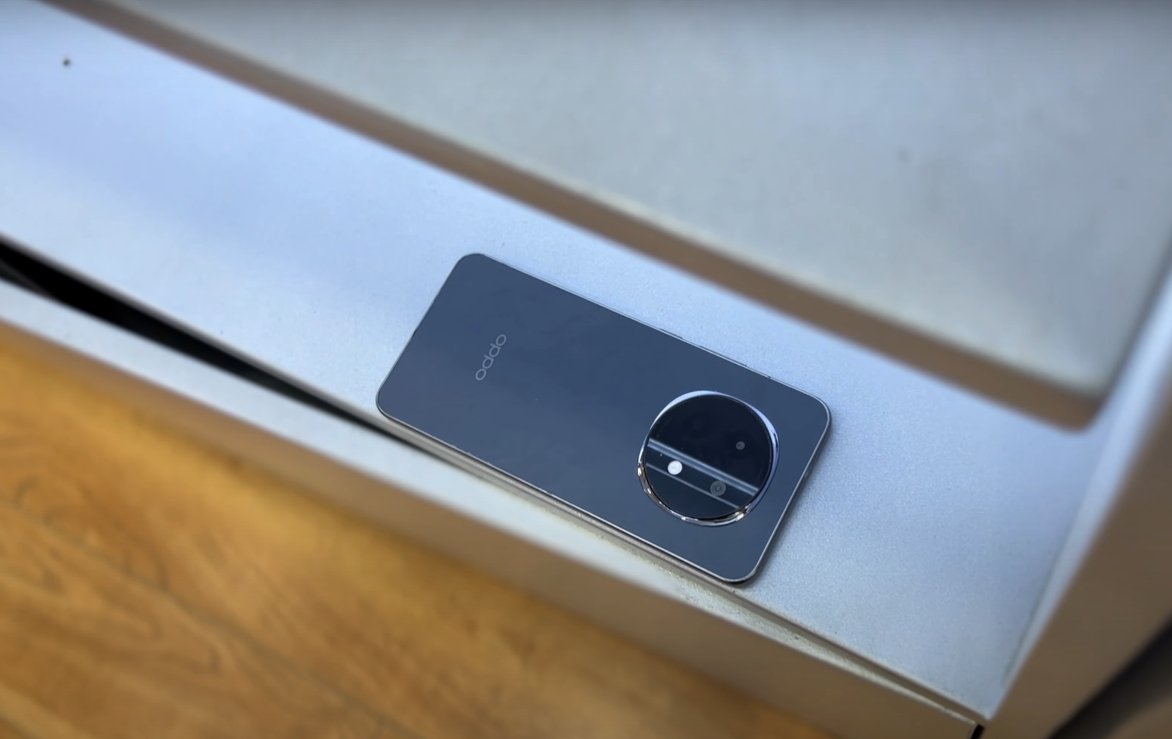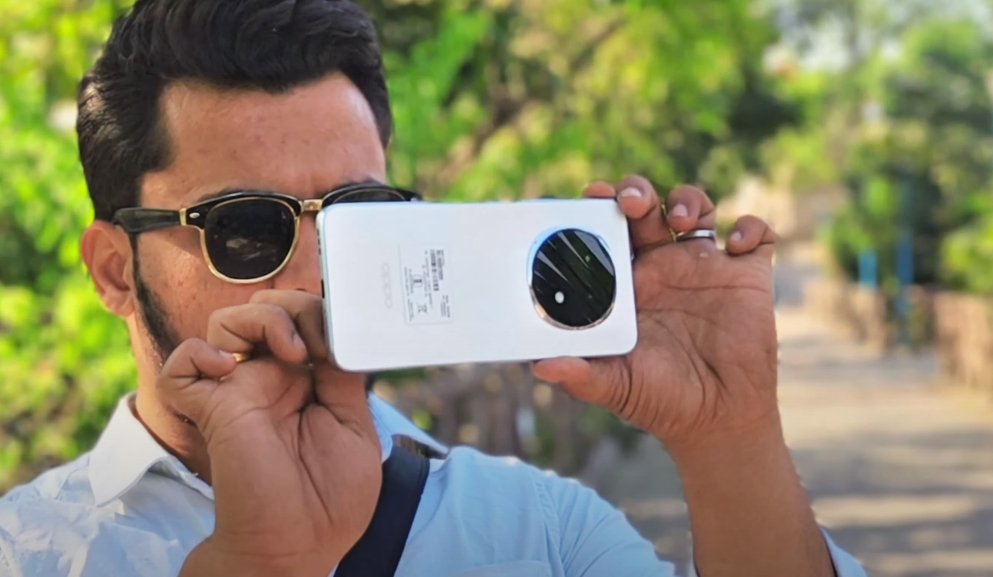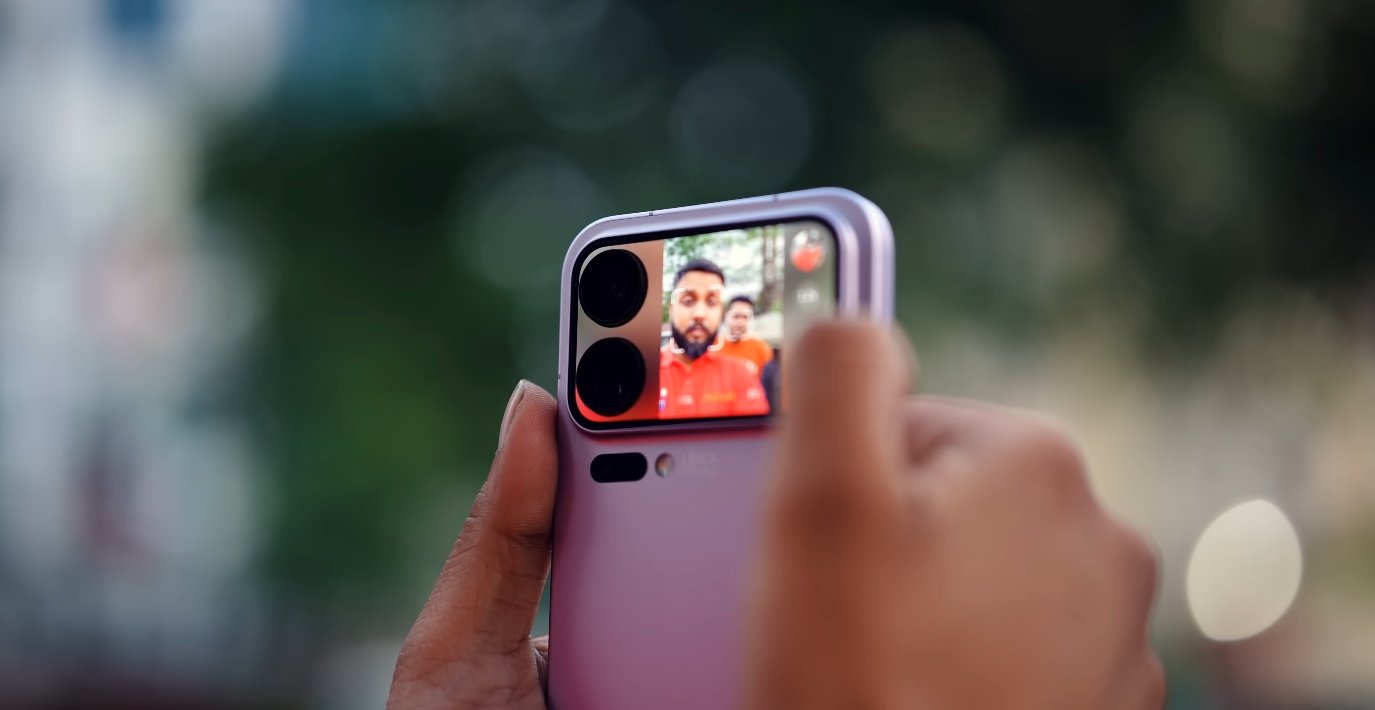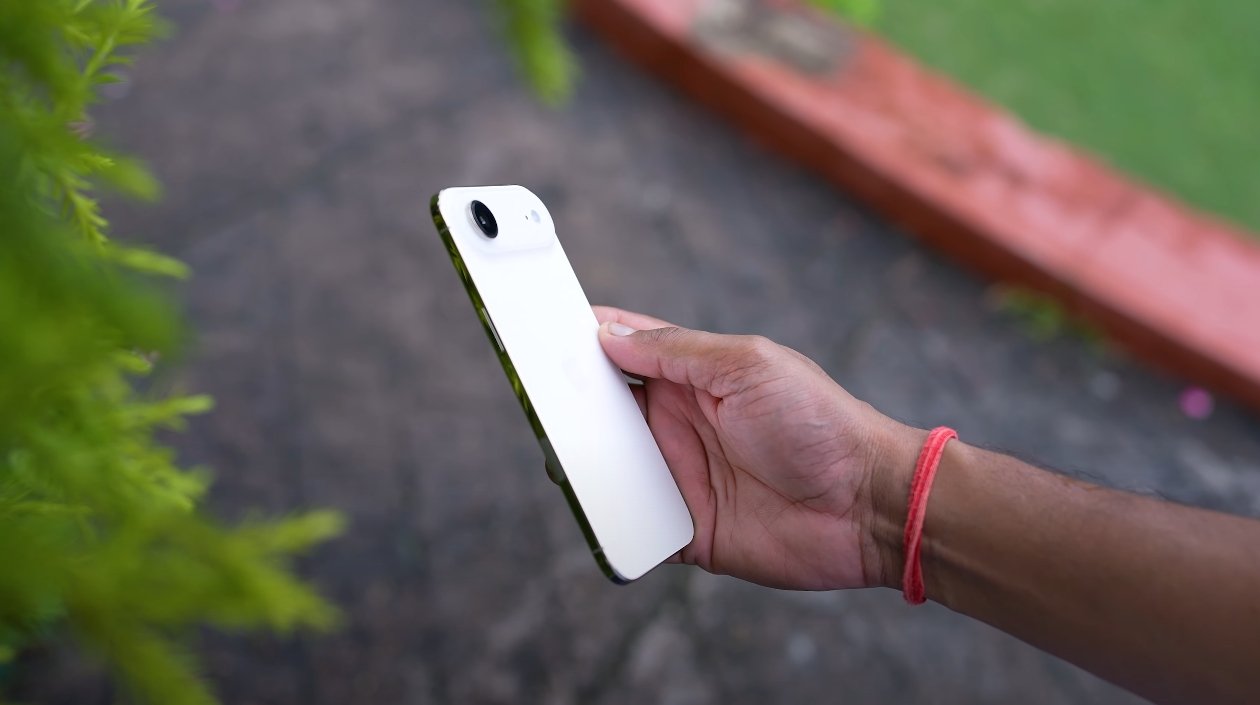Heat Management and Sustained Performance Comparison
Thermal performance has become a key factor in modern smartphone design, especially as flagship processors deliver extreme power in compact bodies. Both Xiaomi and Apple have refined their thermal engineering in their latest flagships, the Xiaomi 17 Pro Max and iPhone 16 Pro. While both deliver top-tier performance, their heat management strategies and results under stress reveal some noticeable differences. This comparison focuses on how efficiently each phone controls temperature during heavy use, gaming, and charging.
The Xiaomi 17 Pro Max features a large vapor chamber cooling system designed to maintain low temperatures during sustained workloads. Built on an advanced 3 nm process chipset, the device is engineered to reduce power consumption and heat output. During extended gaming or benchmark sessions, the phone’s surface temperature generally stays below 40°C, which is impressive for a device pushing such high performance. Xiaomi’s design emphasizes wide heat dissipation areas, allowing internal heat to spread evenly across the chassis instead of concentrating near the processor or battery. This results in a cooler feel during intense gaming and multitasking.
The iPhone 16 Pro, on the other hand, uses Apple’s A18 Pro chip built on a similar 3 nm node but follows a different thermal strategy. Instead of large cooling chambers, Apple relies heavily on efficient software-based thermal regulation. The device intelligently adjusts clock speeds and power usage when it detects rising internal temperatures. This approach prioritizes stability and comfort, but it can lead to performance drops under sustained loads. In most real-world situations, like browsing or light gaming, the iPhone 16 Pro stays comfortably cool, but under longer gaming sessions or heavy video recording, it tends to warm up more than its Xiaomi counterpart.
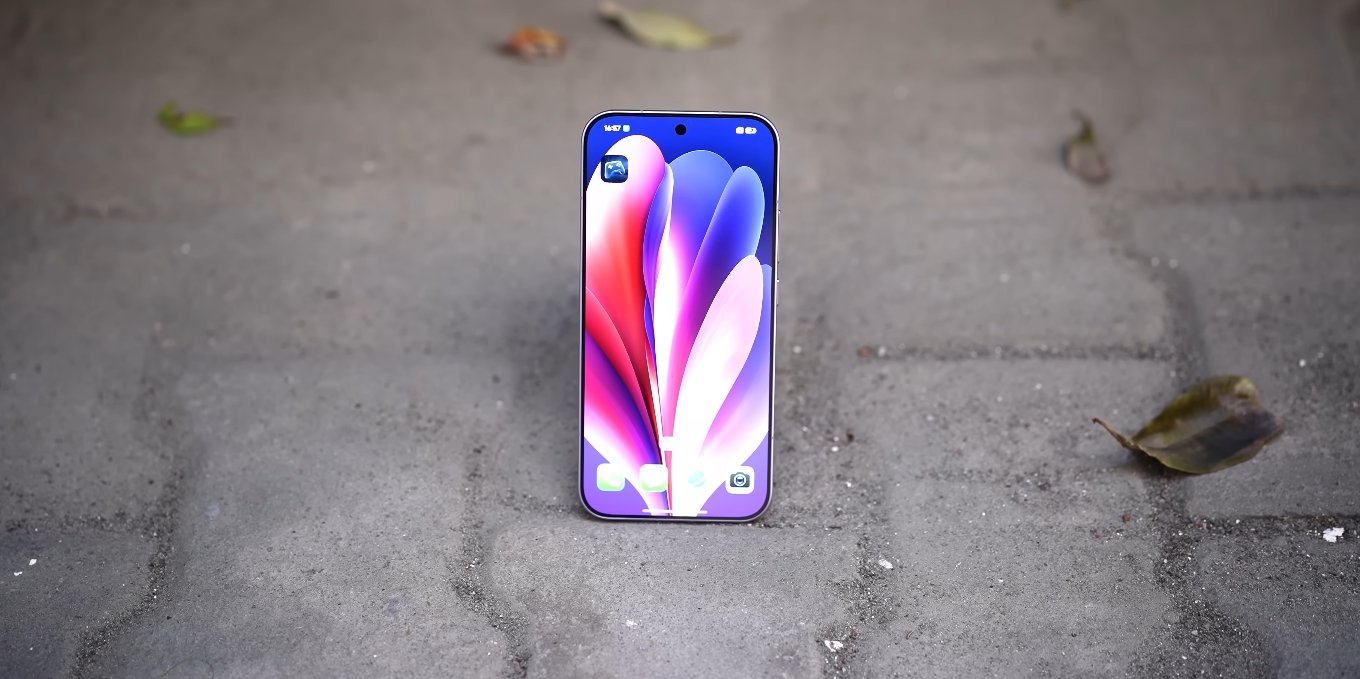
During heavy stress tests, the Xiaomi 17 Pro Max shows better sustained performance with minimal throttling. Even after 30 minutes of continuous gameplay, performance loss remains under 10%, indicating that its cooling system is doing an excellent job. The large vapor chamber, combined with heat-resistant graphite layers, helps the phone maintain consistent frame rates and responsiveness. The iPhone 16 Pro, in contrast, tends to throttle more noticeably during similar tests. After extended use, the device can reach surface temperatures around 45°C, prompting the system to reduce performance slightly to prevent overheating. While this makes it more comfortable to hold in some cases, it limits sustained power delivery.
Another factor contributing to Xiaomi’s advantage is its balanced energy management. The 17 Pro Max is designed to distribute workload efficiently between CPU, GPU, and AI cores, minimizing unnecessary power spikes. The iPhone 16 Pro, though efficient, operates within tighter thermal limits due to its thinner chassis and smaller internal heat spreaders. Apple’s emphasis on compact design and uniform build quality means less internal space for large cooling hardware. As a result, while the iPhone runs quietly and feels refined, it lacks the same aggressive heat control found in the Xiaomi flagship.
Charging heat is another aspect where the Xiaomi 17 Pro Max performs impressively. Its 100 W wired charging and 50 W wireless options generate some warmth, but the advanced temperature control system quickly stabilizes the device. The iPhone 16 Pro’s charging process, while slower, produces slightly more concentrated heat near the battery area. This is likely due to Apple’s cautious charging algorithm designed to preserve long-term battery health. In everyday usage, both devices remain safe and stable, but Xiaomi’s superior cooling architecture gives it an extra edge in thermal efficiency during fast charging.
In day-to-day performance, both phones handle typical tasks effortlessly. The iPhone 16 Pro maintains a steady cool temperature during casual use, web browsing, and media consumption, thanks to Apple’s precise power management. The Xiaomi 17 Pro Max stays similarly cool but shines when pushed to the limit, such as while gaming or multitasking with multiple high-demand apps. The vapor chamber allows it to sustain higher performance levels without noticeable heat buildup or frame rate dips.
Overall, the Xiaomi 17 Pro Max demonstrates stronger thermal management and sustained performance under stress compared to the iPhone 16 Pro. Its larger cooling surface area and optimized power regulation deliver more consistent results in long sessions. The iPhone 16 Pro remains efficient for normal use and daily productivity but shows thermal constraints during prolonged heavy tasks. In essence, users seeking superior thermal performance and sustained gaming efficiency will find the Xiaomi 17 Pro Max better suited, while those who value stable everyday operation and Apple’s ecosystem will remain satisfied with the iPhone 16 Pro.
